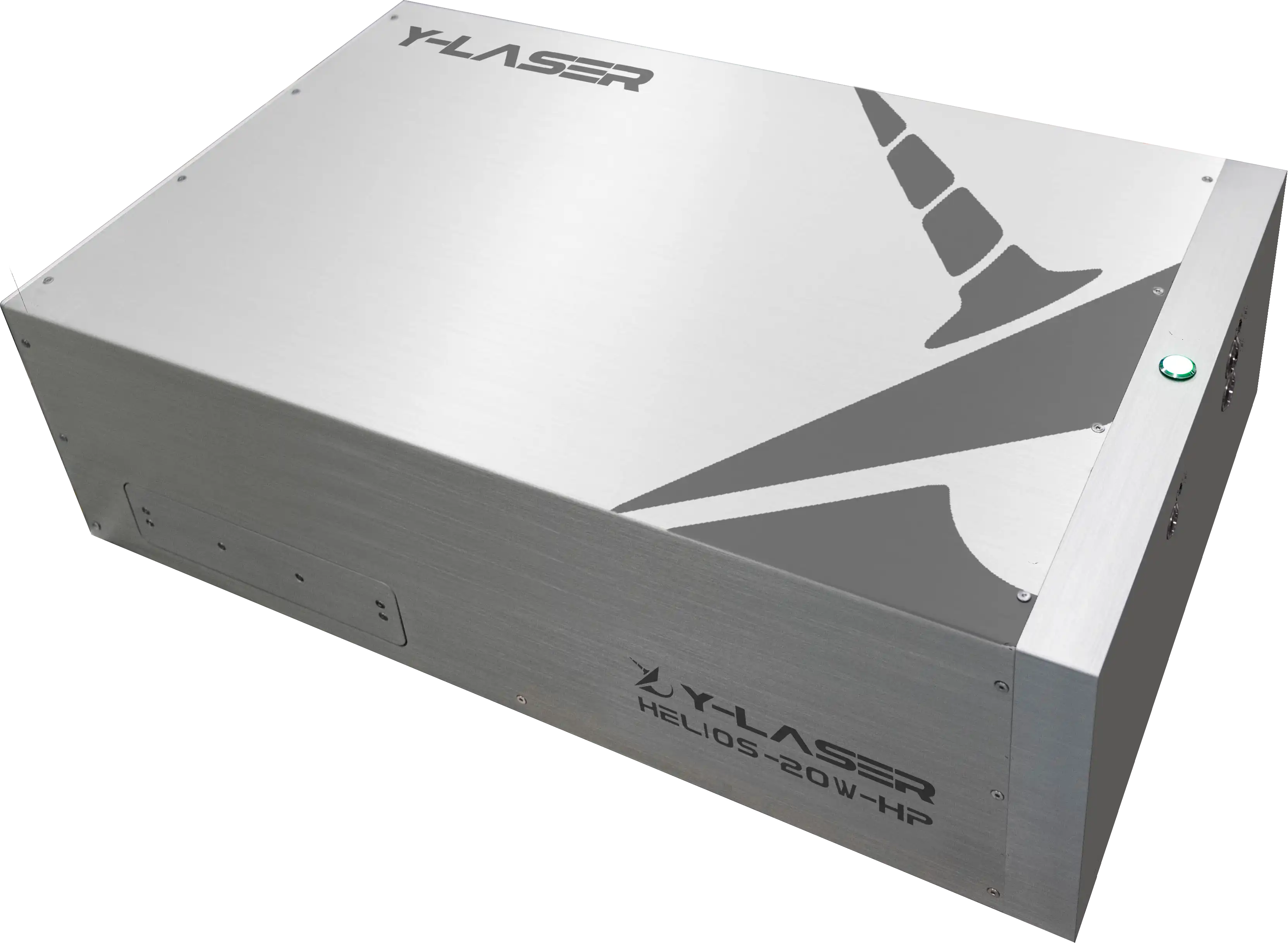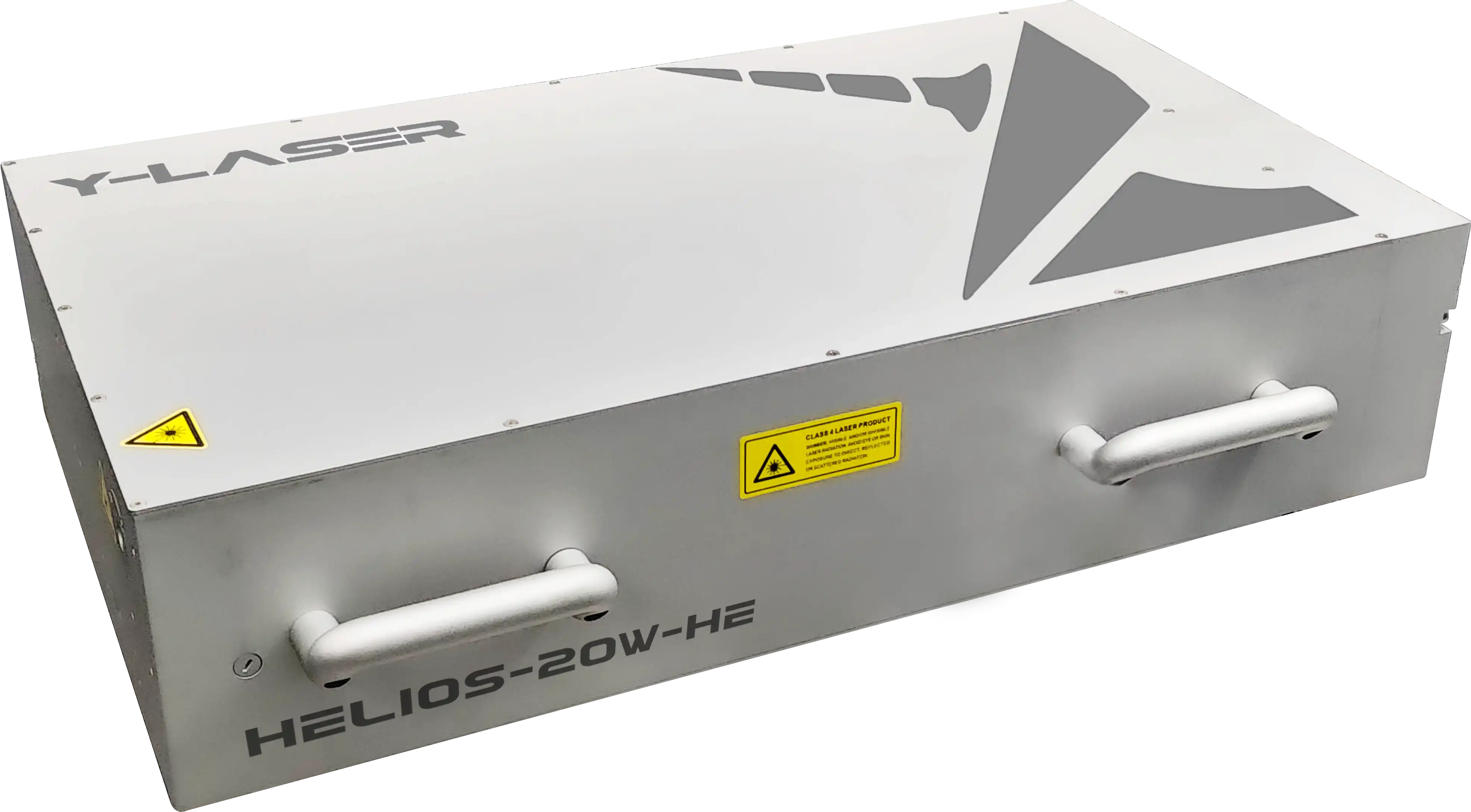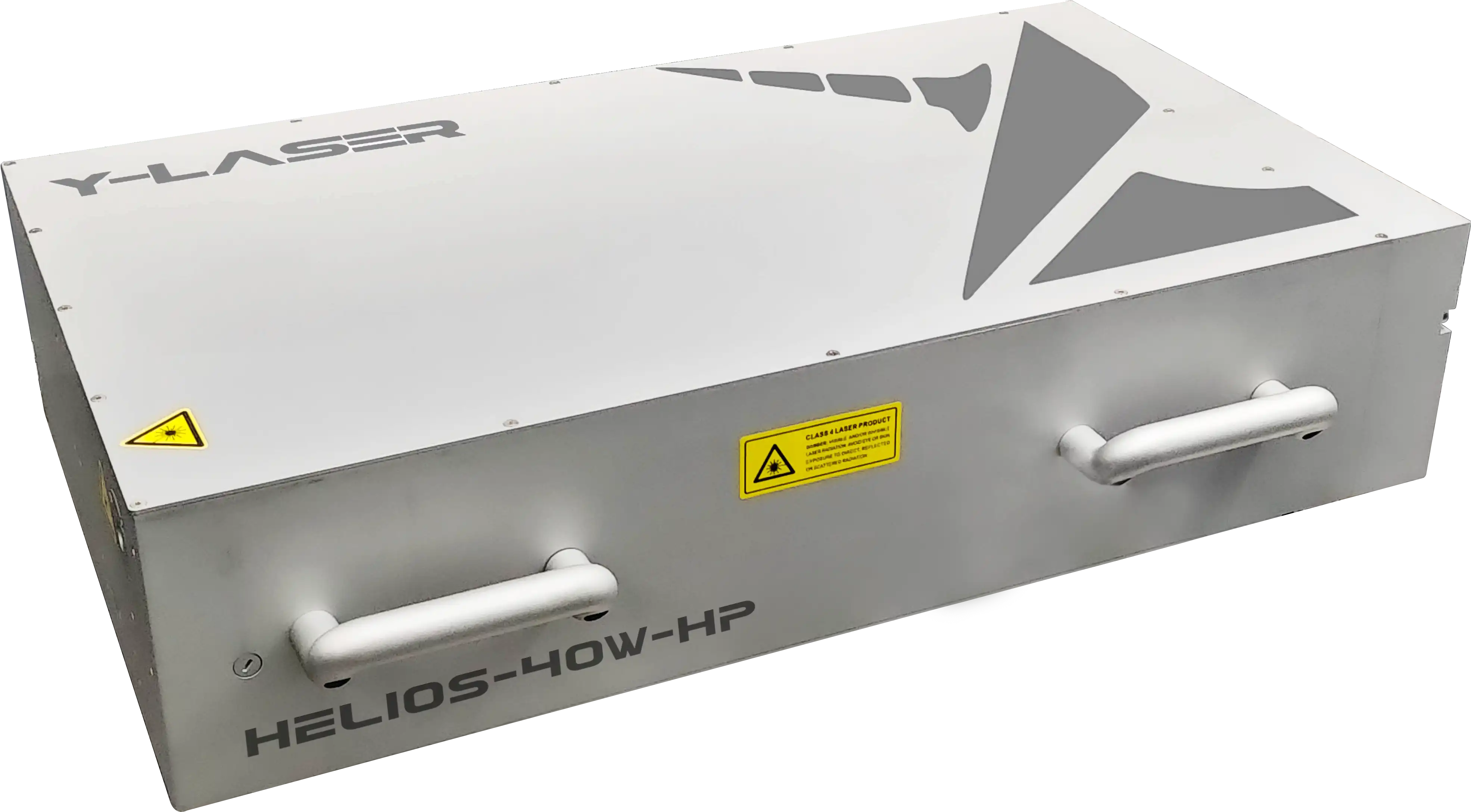Stent cutting is a precision process used to manufacture vascular stents for the treatment of heart disease. A vascular stent is a small tubular device, typically made of metal or polymer, whose primary function is to support and keep narrowed or blocked blood vessels open. These stents not only need to have sufficient mechanical strength to support the vessel but should also have appropriate flexibility to adapt to the complex vascular environment within the human body. The key to stent cutting lies in precisely manufacturing tiny tubular mesh structures with specific patterns, hole sizes, and connecting structures, ensuring both the functionality of the stent and its safety and comfort within the body.
Stent cutting typically uses laser cutting technology, as laser cutting can achieve high precision and complex patterns on metal or polymer materials. During the laser cutting process, a highly focused laser beam is used to precisely remove material, forming the miniature structures of the stent. This method not only improves cutting precision but also greatly increases design flexibility. As a result, stents can be customized to suit the specific conditions and needs of different patients, meeting various clinical requirements.

 AI Assistant
AI Assistant



